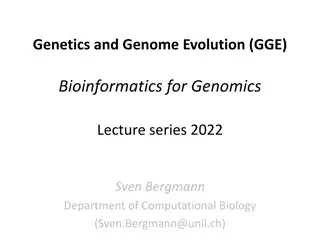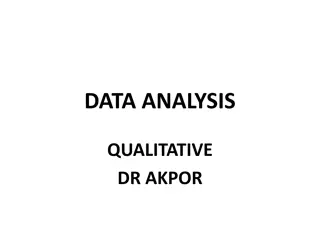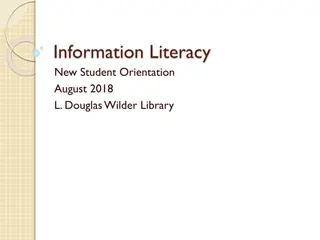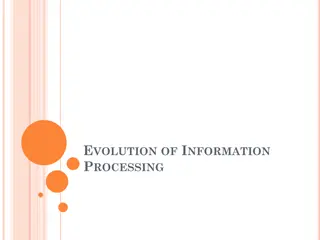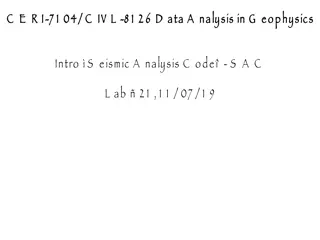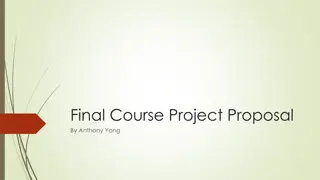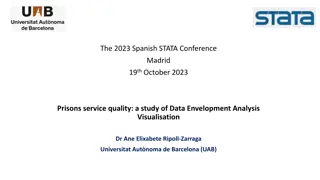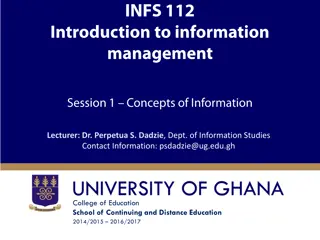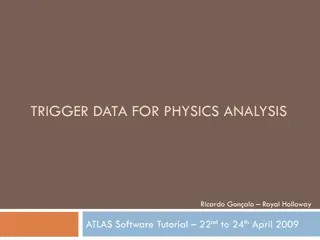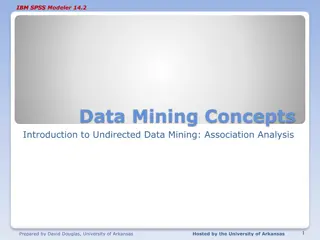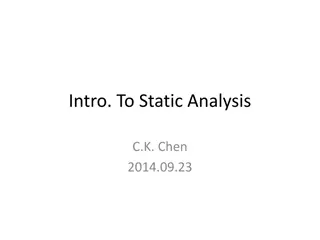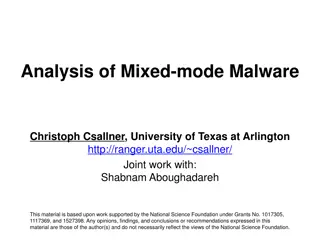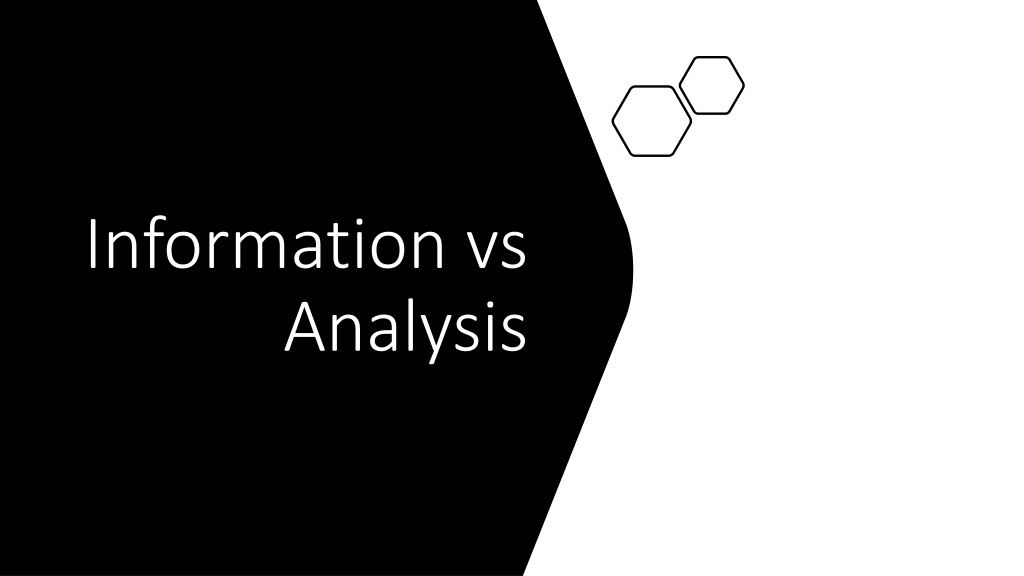
Uncovering the Significance of Analysis in Research Writing
Explore the distinction between information and analysis in academic writing, with a focus on their roles in conveying facts and forming opinions. Understand how analysis adds depth and meaning to research by interpreting data and making connections. Discover how analysis enhances critical thinking skills and aids in presenting original arguments based on collected information.
Download Presentation

Please find below an Image/Link to download the presentation.
The content on the website is provided AS IS for your information and personal use only. It may not be sold, licensed, or shared on other websites without obtaining consent from the author. Download presentation by click this link. If you encounter any issues during the download, it is possible that the publisher has removed the file from their server.
E N D
Presentation Transcript
Information vs Analysis
Information answers the questions who, how, when, and what. What is it? What does the article say? What happens in the story? What are the conclusions of the study? What are the facts? Who is involved? When did this happen? How did it happen? In what order did events take place? Information Information is fact based. It is where you share the bulk of your research and the details you ve gathered about your topic.
Analysis Analysis answers the questions how and why and what for. It s where you respond to the information you have provided by making connections, pointing out the significance of the information, and questioning the conclusions of your sources. When you analyze you talk about why something matters and what is has to do with your main point or claim. Analysis is opinion based. It s where you use your source information to formulate your own arguments.
Analysis gives purpose to your writing by taking it beyond reporting information to interpreting the significance of that information. Analysis helps make your paper your own when you formulate your own argument based on the information. The importance of analysis Analysis applies critical thinking skills and shows your reader what can be done with the information you have collected. Analysis is where you demonstrate what you really understand about your topic.
Some Types of Analysis Interpreting Linking Arguing Recommending Labeling Predicting Tracing Comparing Contrasting Questioning Responding Critiquing
Information: In their pamphlet Food Deserts: The What, Where, Who, & Why of a Mississippi Crisis, the University of Mississippi Medical Center claims that Rural counties in the Mississippi Delta average one supermarket per 190.5 square miles, while studies show that low income zip codes have 30% more convenience stores than middle-income zip codes. Sample Analysis: Interpretation & Response Interpretation: This highlights the problem of rural low-income Mississippians eating too many unhealthy foods due to lack of access to healthier options. Response: The Mississippi Delta is primarily agricultural. A system in which people who live surrounded by farmland have no access to healthy fresh foods is severely flawed.
Sample Paragraph from A Force of Love: A Deconstructionist Reading of Characters in Dickens s Great Expectations by Emily Schlepp, a sample MLA research paper from The MLA Style Center at MLA.org Compares (analysis) Summarizes (information) Interprets (analysis)
Balancing information and analysis Good essays need both information and analysis. In personal essays, the information might come primarily from your own observations. In literary analysis essays, the information comes primarily from the literary text. In research papers, the information comes from articles, books, media reports, or other types of sources. Information often makes up the bulk of an essay. Good writing needs depth of detail to convey depth of meaning. Information is not enough, though. Good essays go beyond gathering information. They also interpret that information and use it to support points. They explain why the information matters and who should care.
Engaging the source Every time you use information from a source in an essay, ask yourself what you have contributed to that information in your own voice using your own ideas. If you have shared a quote, have you provided the context for the quote? If you have shared a paraphrase, have you linked the information to your own points? Think of your essay as a panel discussion between you and your sources conducted in front of an audience. You need to be an active participant in the conversation, not merely a passive listener. The other people in the conversation are experts on the topic. You may not be. It is your job to question and converse with the experts enough to make the conversation more relevant to the audience made up of people who are also not experts on the topic.
There is no single answer to how much analysis is necessary. That depends on the topic, the purpose, the assignment, and other factors. When in doubt, ask your instructor. There are, however, some general tips to follow. Your first and last sentences of each paragraph should usually be your own. Identify the point of the paragraph and wrap up that point in your own words. Start your analysis by providing strong transitions between details from sources. Link, compare, trace relationships, and question as you move from detail to detail within the paragraph. Do not move on from a paragraph, a quote, a summary, a paraphrase or set of connected paraphrases without providing your own response in some way. Comment on the significance, interpret the meaning, link the information to your thesis, make predictions based on the information, question the validity, or formulate an argument in response to the information before moving to the next paragraph or point in your essay. How much analysis is enough?
Remember that you are the essay maker. If you want to make a bracelet out of beads, it isn t enough to gather the beads. You must provide the string that holds them and make choices about what order to put them in and what patterns to create with them. You also need clasps that bind them in place on each end. When you write with sources, your own words are the string that holds them together, and your thesis is the clasp that keeps them all in place. You are the pattern maker. Your decisions and your words are what make the essay. The details from sources add weight to your creation and make it more interesting and impressive, but those details only take shape as an essay because of your choices. No matter what type of essay you are writing, your own voice needs to be strong to hold the essay together.




